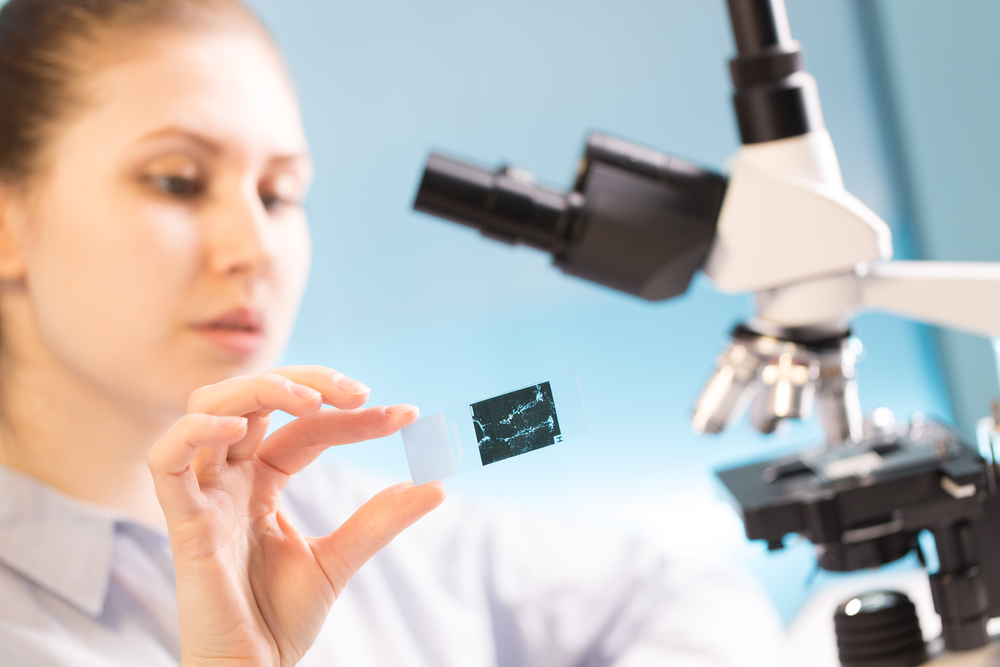2. Biopsy to Diagnose Lymphoma

Since the symptoms of lymphoma are not exclusive, the physician may require a biopsy to confirm the diagnosis and understand whether the problems are related to cancer or to non-cancerous conditions, such as infections. The tissue removed to be analyzed during the biopsy is subject to a series of exams, which result not only in the confirmation of the disease but also in the determination of its type, size, texture, and location, helping to set an appropriate treatment plan.
-
Types of Diagnosis Biopsies
There are different types of biopsies that can be conducted, the most common being the excisional or incisional biopsy, which is a procedure used when physicians suspect lymphoma and during which, part or all of the node is removed for analysis. Fine needle aspiration (FNA) or core needle biopsy is a procedure that is conducted with a needle without the need for surgery, unlike the first one which is done through an incision.
-
Additional Types of Biopsies
In addition to the diagnostic procedures, the physician may order further biopsies to understand the stage, extent, and type of the disease. The bone marrow aspiration and biopsy is a procedure which helps understand if the lymphoma has already reached the bone marrow. The lumbar puncture or spinal tap is used to search for lymphoma cells in the liquid present in the brain and spinal cord – the cerebrospinal fluid (CSF). Similarly, the pleural or peritoneal fluid sampling seeks for signs of lymphoma in the fluid of the chest, the pleural fluid, and in the abdomen – the peritoneal fluid.
-
Exams Conducted on Biopsy Samples
The tissue removed during a biopsy is submitted to a series of lab tests that help make the diagnosis and classify the type of lymphoma. The samples are analyzed by a pathologist who examines the cells’ size and shape and conducts an immunohistochemistry, flow cytometry, cytogenetics, molecular genetic, fluorescent in situ hybridization (FISH), and polymerase chain reaction (PCR) examinations.


